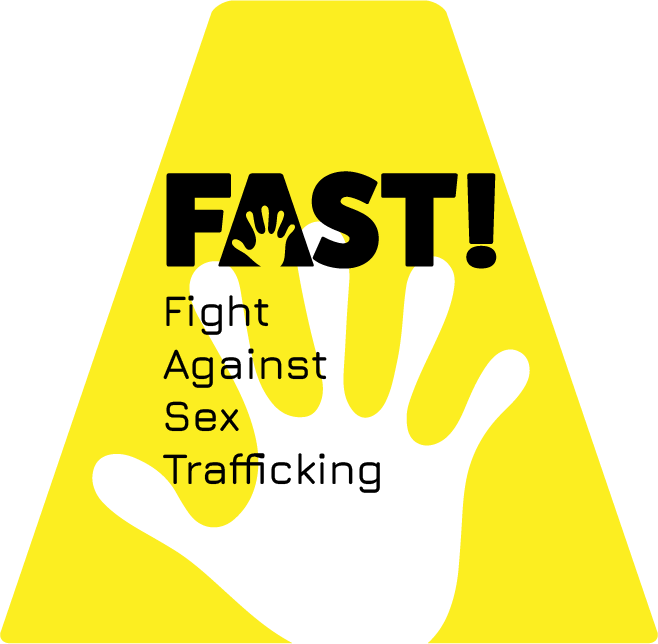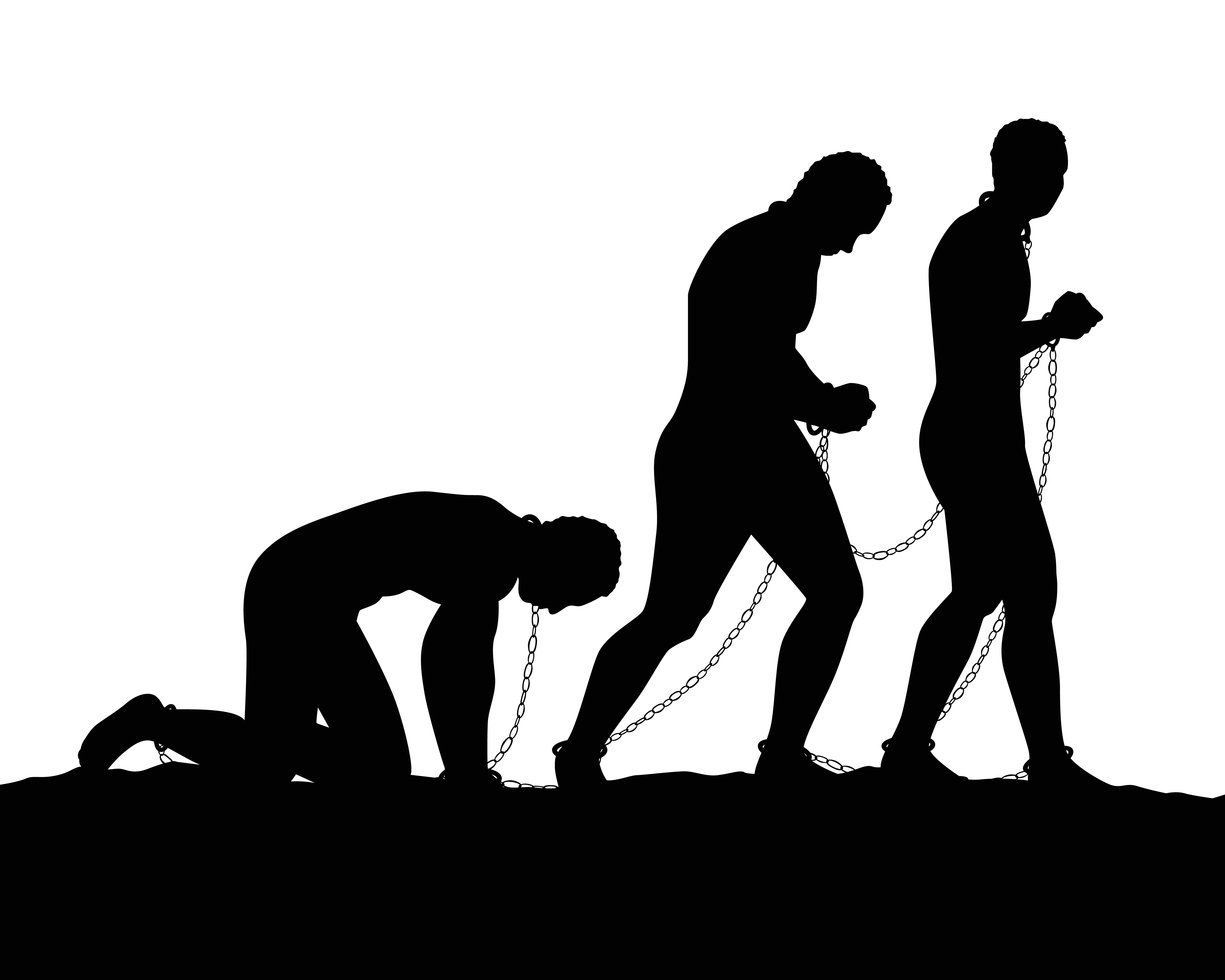Understanding the Difference Between Migrant Smuggling and Human Trafficking. In the realm of illicit activities that exploit human lives, two interconnected but distinct crimes often blur the lines for those seeking a better life: migrant smuggling and human trafficking. Understanding these differences is crucial for policymakers, law enforcement, and society as a whole to effectively combat these heinous crimes.
Defining Migrant Smuggling and Human Trafficking
Migrant smuggling and human trafficking are both illegal enterprises, treating individuals as commodities for profit. Migrant smuggling involves the facilitation of illegal border crossings, helping people enter a country without legal authorization. It is important to note that, by definition, migrant smuggling does not necessarily entail the exploitation of the individuals being smuggled.
On the other hand, human trafficking encompasses a broader range of crimes, involving the recruitment, transportation, transfer, harboring, or receipt of individuals through force, fraud, or deception. The primary aim of human trafficking is exploitation for profit, and victims can be trafficked within their home country or internationally.
Trafficking’s Deceptive Web
One critical aspect that distinguishes human trafficking from migrant smuggling is the deceptive nature of the former. Traffickers often lure victims with promises of better opportunities, using violence, fraudulent employment agencies, or false assurances of education and job prospects. Victims may start their journey as migrants, unknowingly falling into the clutches of traffickers who exploit them for forced labor, sexual exploitation, or other forms of abuse.
Routes and Methods
Complicating matters further, criminals often engage in both human trafficking and migrant smuggling, utilizing the same routes and transportation methods. Some individuals who initially enter a country through smuggling may find themselves coerced, deceived, or forced into exploitative situations later in the process.
Profit Motive and Risks
Migrant smuggling is a high-profit, low-risk criminal activity. Smugglers capitalize on the desperation of individuals seeking to escape poverty, conflict, persecution, or limited opportunities for legal migration.
In contrast, human trafficking involves a more intricate web of exploitation. Traffickers prey on vulnerable individuals, using violence, coercion, or deception to subject them to forced labor, sexual exploitation, or other forms of abuse.



